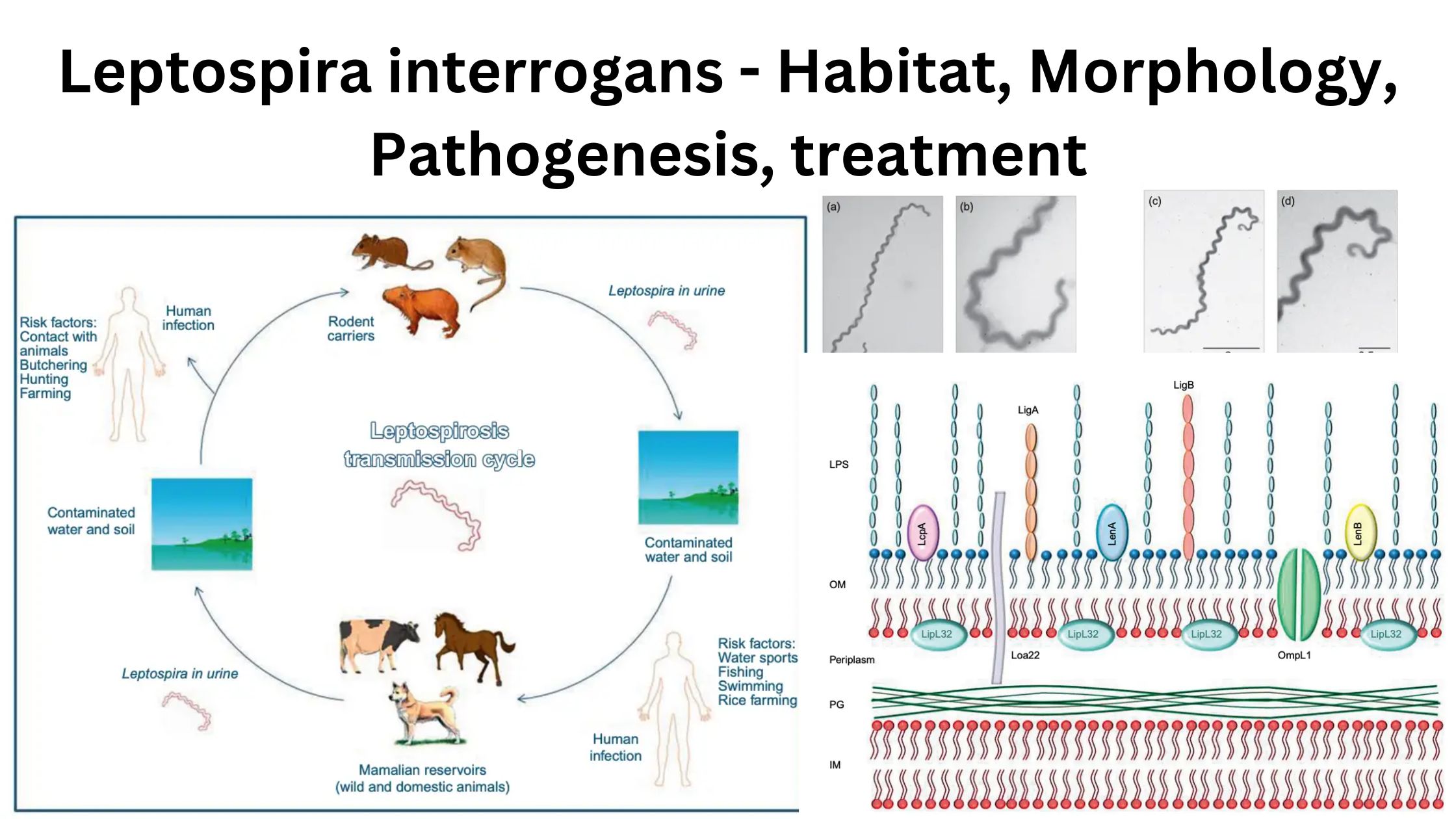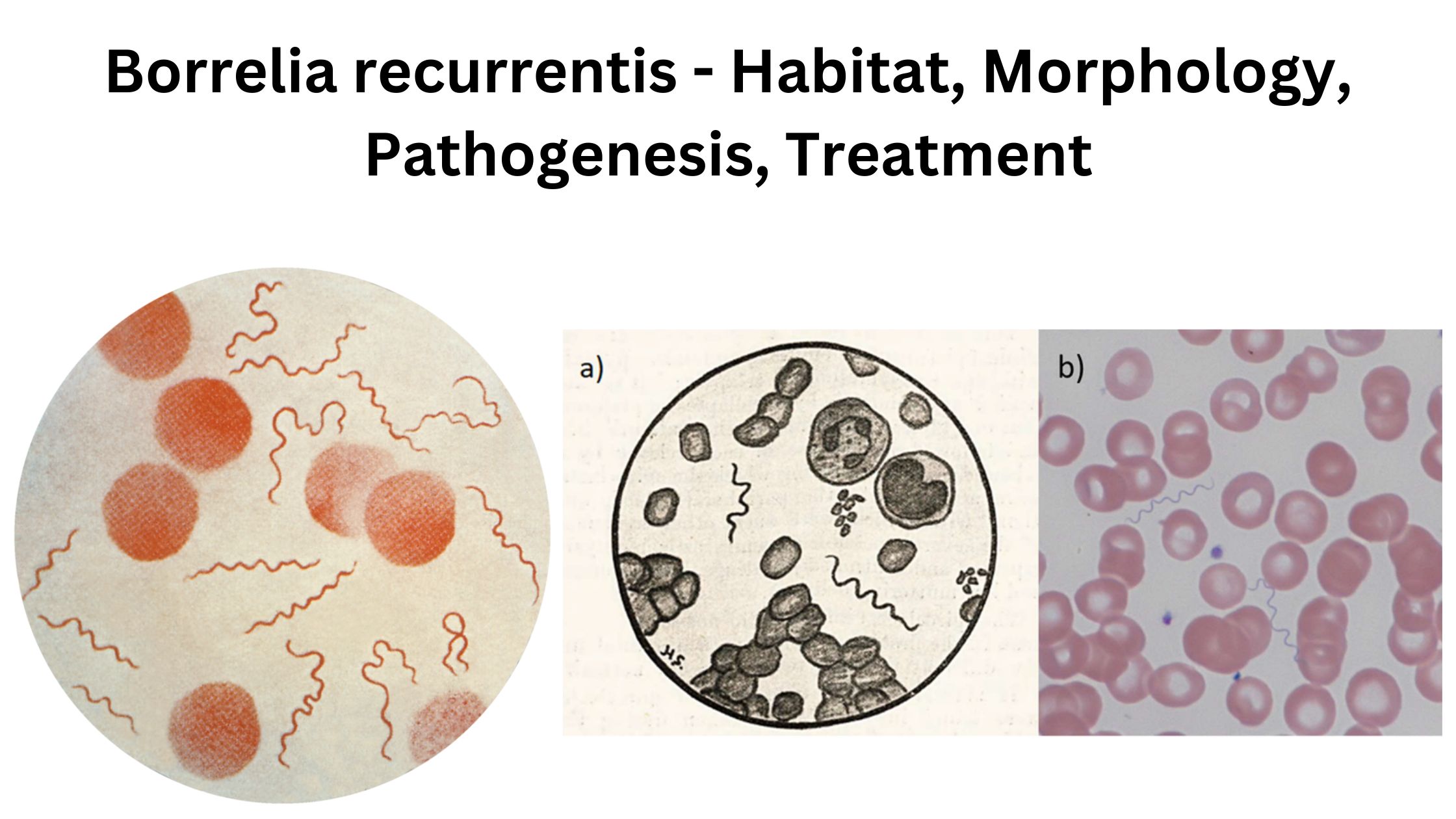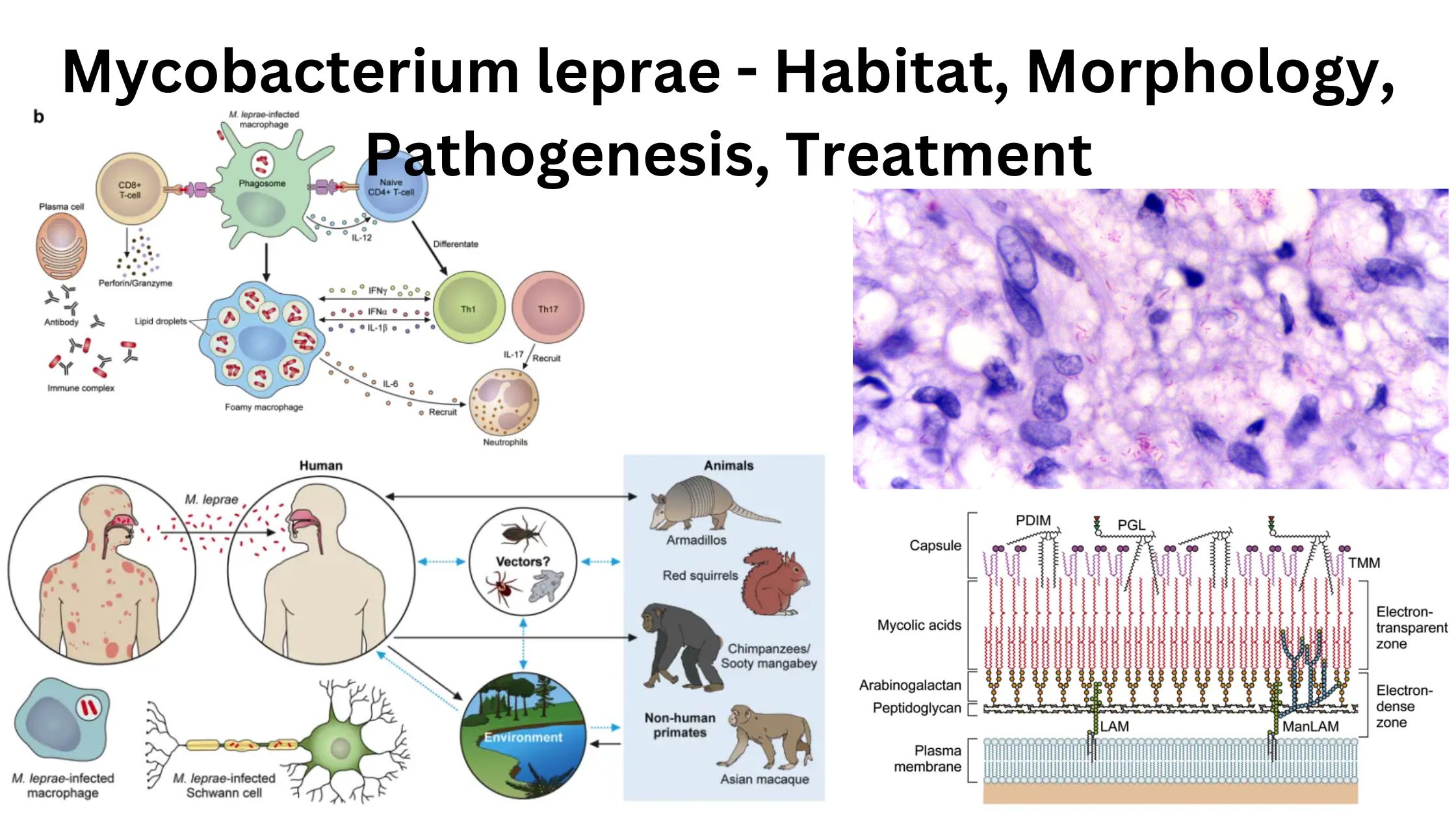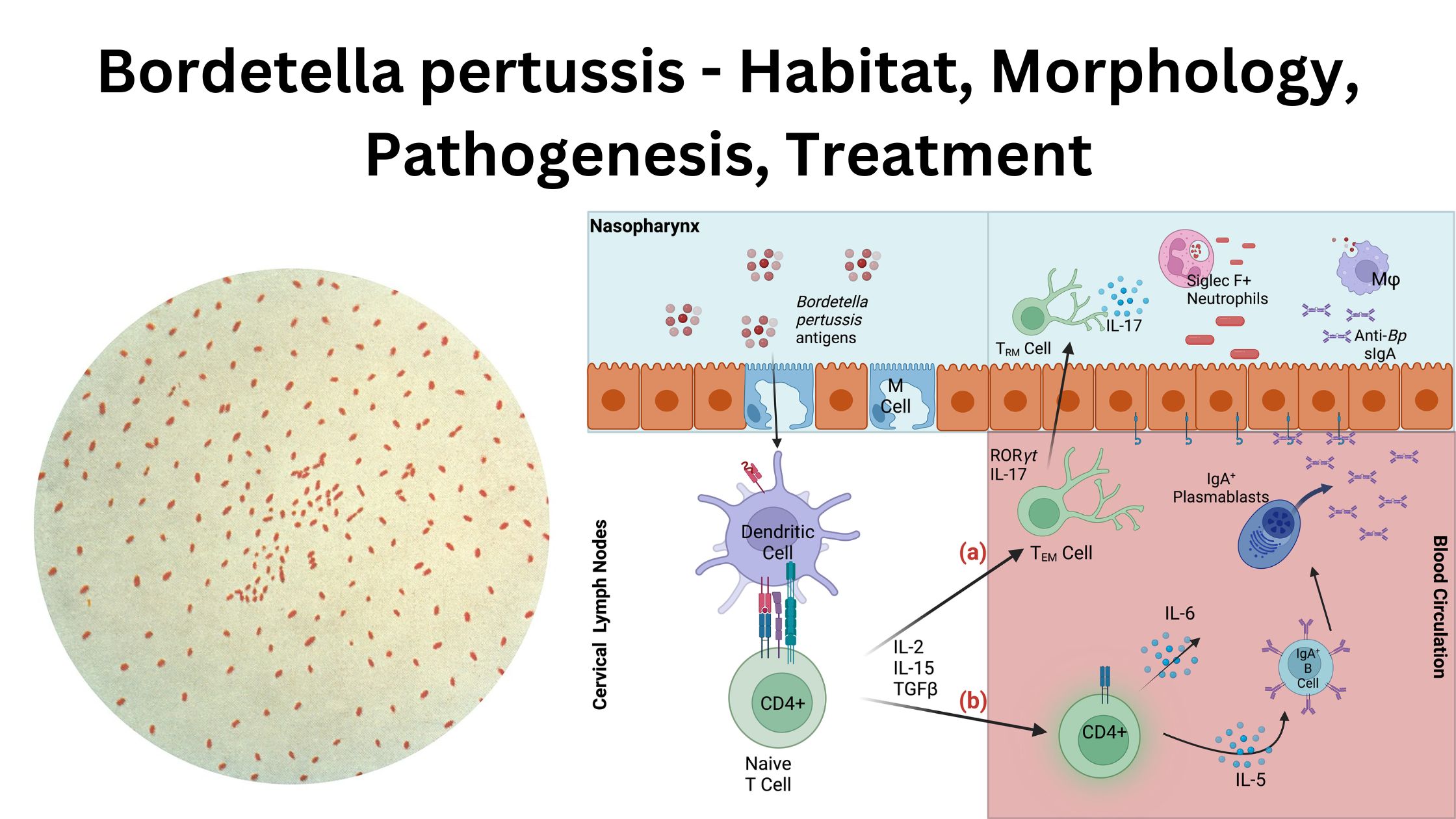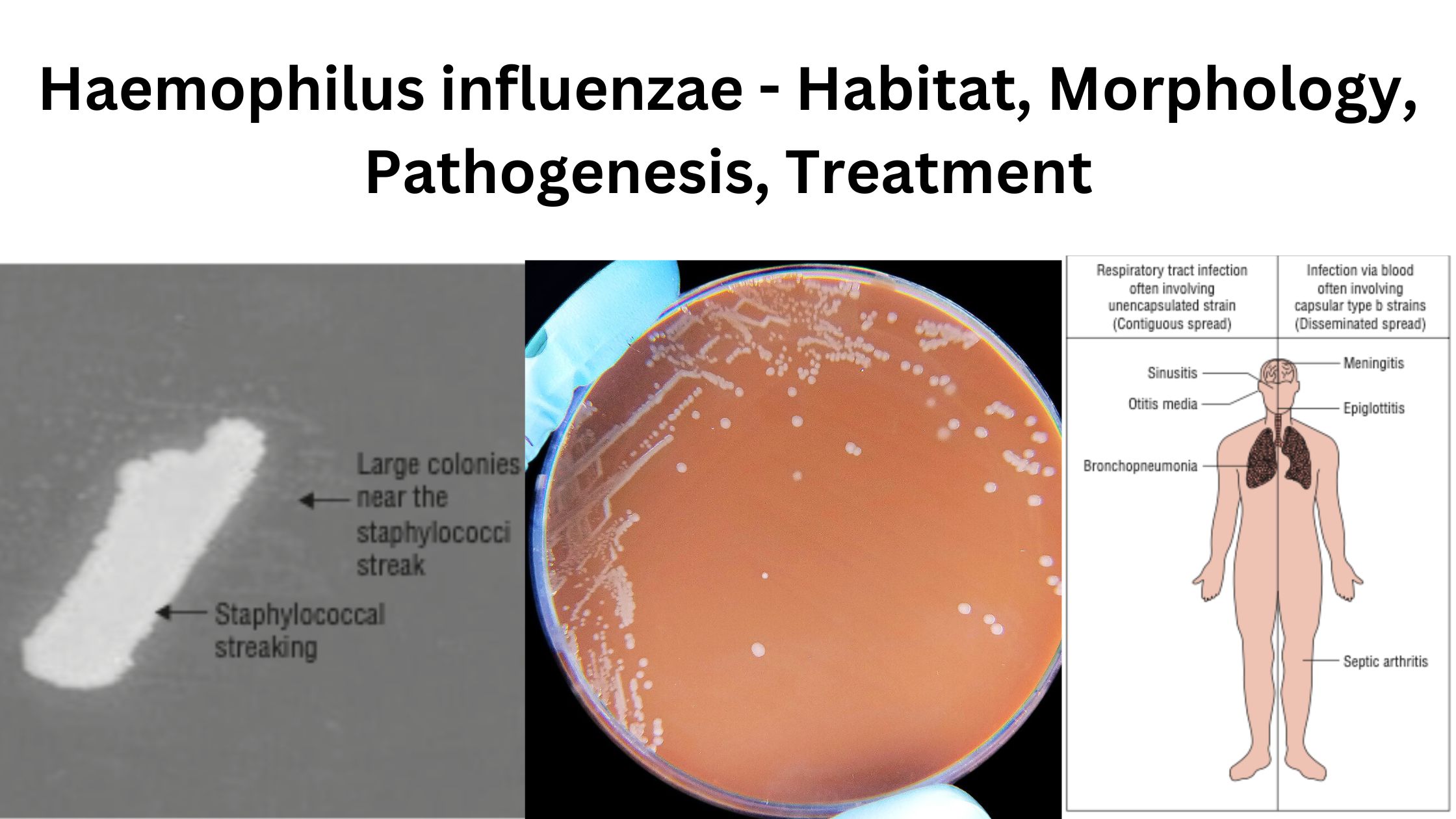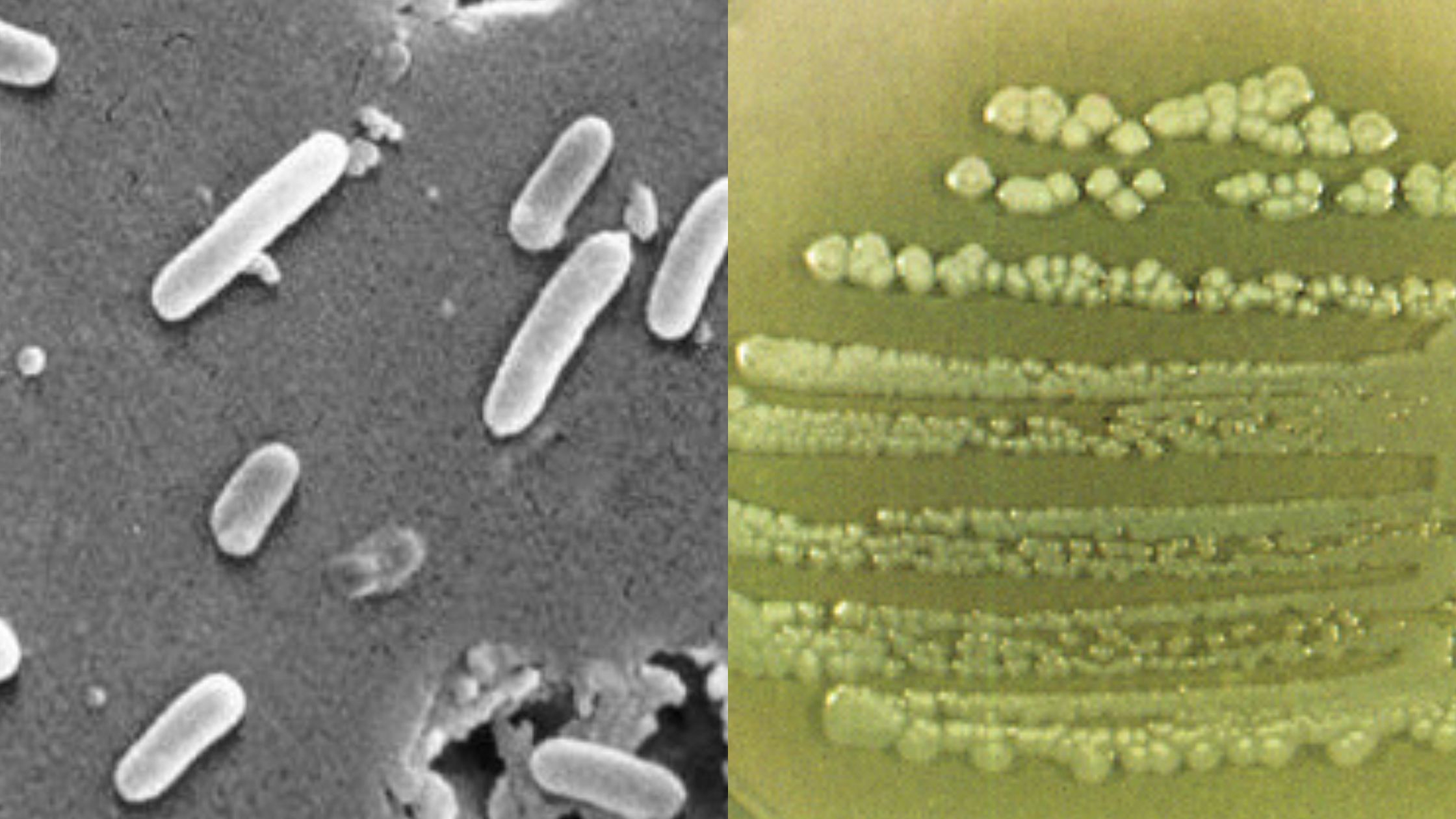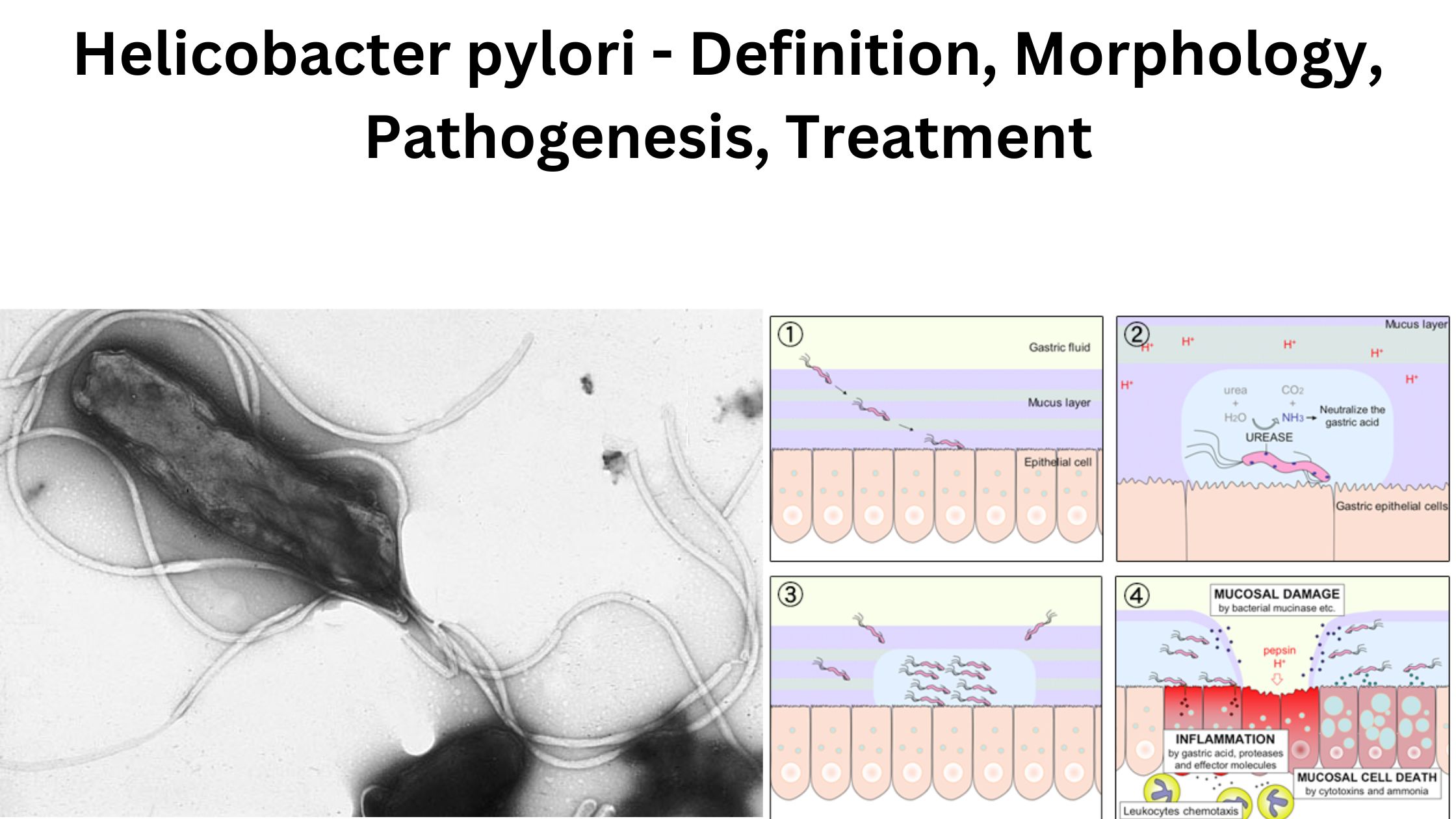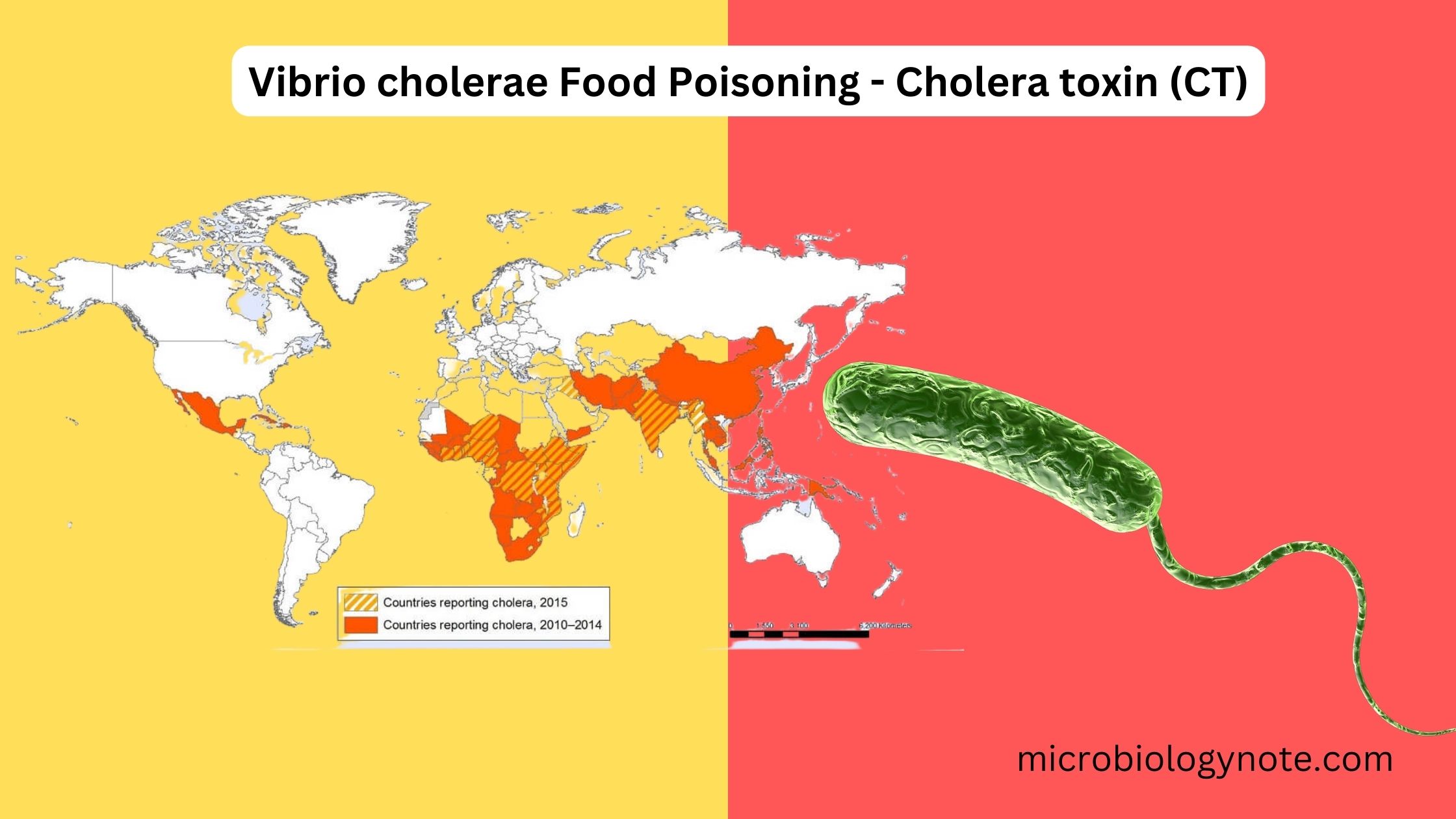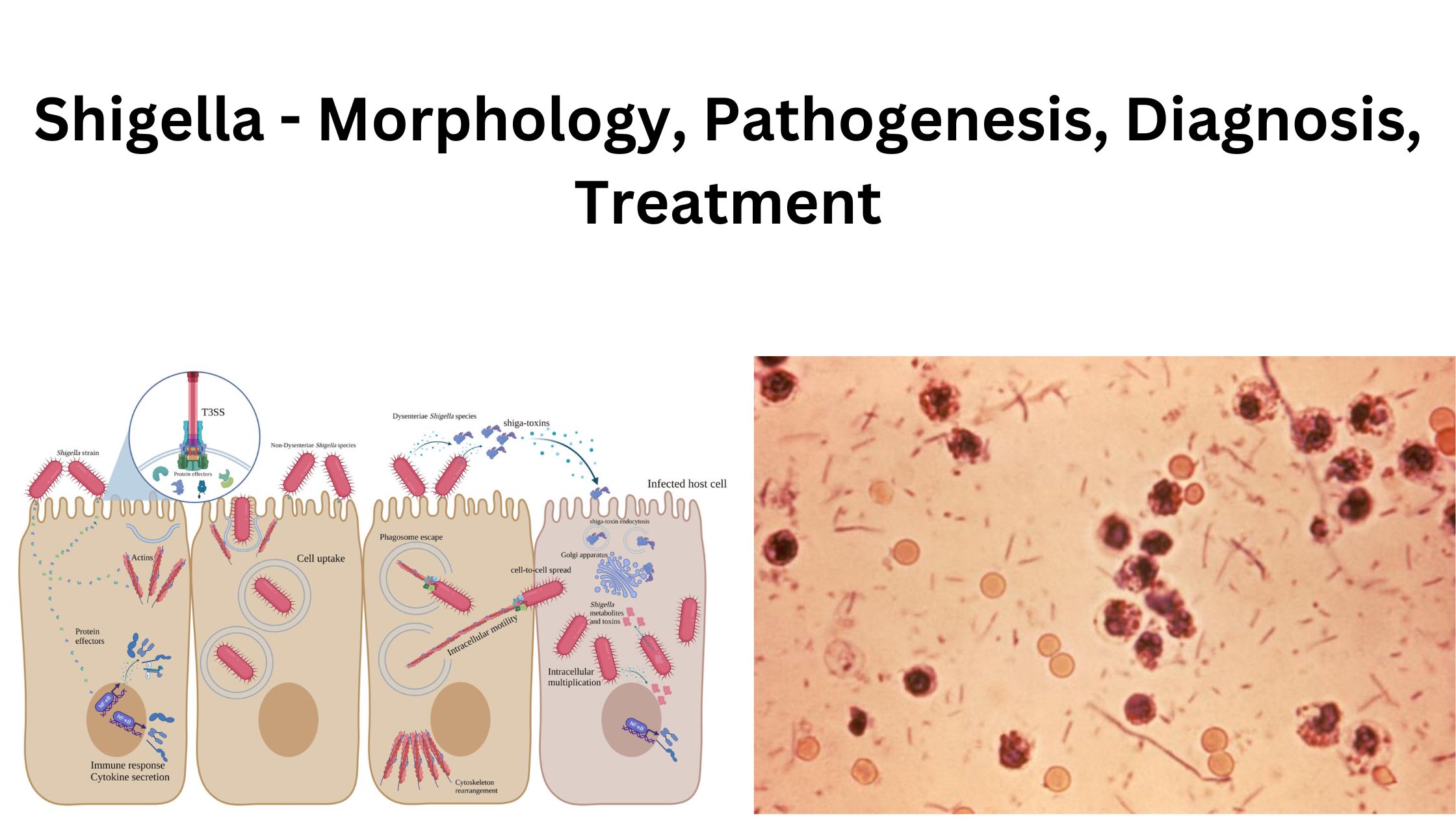Leptospira interrogans – Habitat, Morphology, Pathogenesis, treatment
What is Leptospira interrogans Complex? Classification of Leptospiraceae The family Leptospiraceae, part of the order Spirochaetales, includes three primary genera: Leptospira, Leptonema, and Turneriella. Only the genus Leptospira includes species that are pathogenic to both animals and humans. Scientific classification of Leptospira interrogans Domain: Bacteria Phylum: Spirochaetota Class: Spirochaetia Order: Leptospirales Family: Leptospiraceae Genus: Leptospira … Read more
